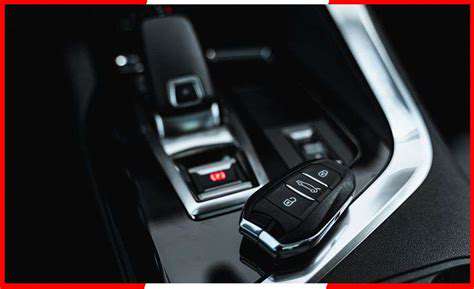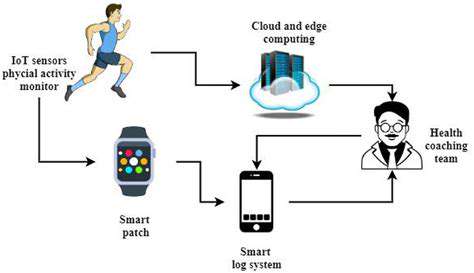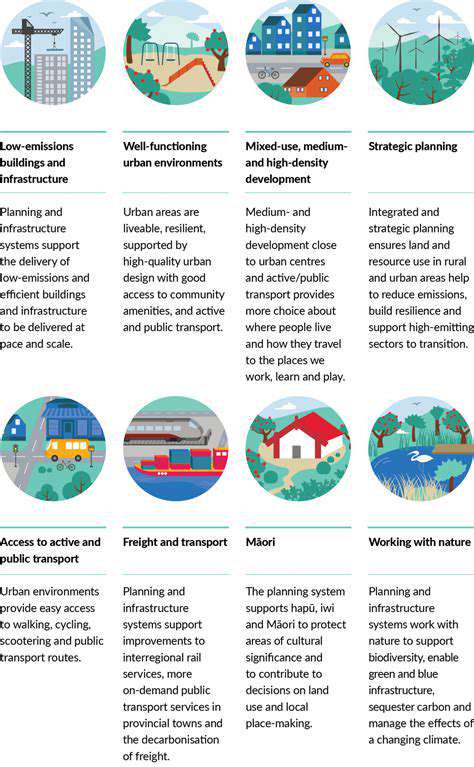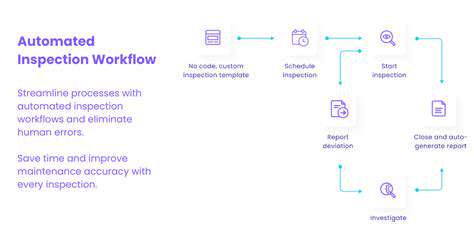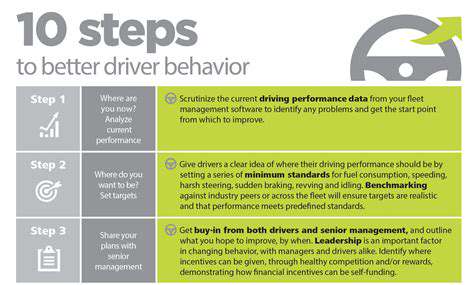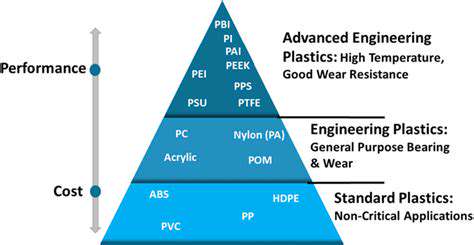Understanding Your EV's Range
Before hitting the road in your electric vehicle, it's essential to grasp the true range capabilities of your specific model. This goes beyond manufacturer claims and requires real-world testing under various conditions. Factors like outdoor temperature, road elevation changes, your driving habits, and even accessory usage (like climate control) can dramatically affect how far you can travel. Spend time experimenting with your vehicle in different scenarios and consult online forums where other owners share their real-world range experiences.
The advertised range is typically measured under perfect laboratory conditions that rarely match reality. For instance, driving through mountainous terrain can reduce your range by 20-30% compared to flat highways. Similarly, using heating in winter or air conditioning in summer can cut your available range significantly. Smart drivers keep a detailed log of their consumption patterns to predict range more accurately for future trips.
Identifying Charging Stations Along Your Route
Modern trip planning requires more than just knowing where gas stations are located. Today's EV drivers need to master multiple charging network apps and understand the differences between charging providers. Some networks offer superior reliability or faster speeds, while others might be more cost-effective for your specific vehicle. Savvy travelers always have a backup charging option identified in case their primary stop is unavailable.
When evaluating charging stations, consider more than just location. Look at recent user reviews reporting operational status, check pricing structures (some charge by time while others by energy delivered), and note any amenities nearby. For longer journeys, identify charging hubs that offer multiple stalls to minimize wait times during peak travel periods.
Planning Your Charging Stops Strategically
The most efficient EV trips balance charging time with travel time. Instead of waiting until your battery is nearly empty, consider more frequent shorter charges at high-speed stations. This top-up approach often proves faster than waiting for a full charge from a very low state. Many experienced EV drivers plan their eating and restroom breaks around charging sessions to maximize time efficiency.
Time your charging sessions strategically. Some stations offer discounted rates during off-peak hours, while others may be less crowded early in the morning or late at night. If traveling through multiple time zones, factor in how this might affect station availability and pricing throughout your journey.
Managing Your EV's Battery Health
Long-term battery care begins with smart charging practices during trips. While it might be tempting to charge to 100% at every stop, most battery experts recommend keeping charges between 20-80% for routine travel. This sweet spot maximizes both daily range and long-term battery longevity. Reserve full 100% charges only when absolutely necessary for extended range requirements.
Temperature management plays a crucial role in battery performance. If possible, schedule charging sessions during milder temperature periods rather than extreme heat or cold. Some vehicles allow you to precondition the battery while still plugged in, which improves both charging speed and efficiency once you hit the road.
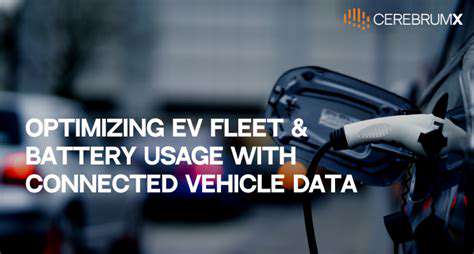
Nature-inspired engineering demonstrates how biological systems achieve remarkable efficiency with minimal resources. By studying these natural blueprints, engineers can develop transportation solutions that mirror this efficiency. The EV revolution represents just one example of how biomimicry principles are transforming modern technology.
Embracing the EV Lifestyle: Rethinking Your Travel Mindset
Planning Ahead: Mapping Out Your Electric Journey
Transitioning to electric requires a fundamental shift in travel planning philosophy. Unlike gasoline vehicles where you can quickly refuel almost anywhere, EV travel demands more strategic thinking. Successful EV adventurers develop a sixth sense for locating charging opportunities and understanding their vehicle's true capabilities in various conditions.
The most useful navigation apps for EV drivers go beyond simple point-to-point routing. They incorporate real-time charging station status, detailed reviews from other users, and even predictions about future availability based on historical patterns. Building familiarity with these tools before your trip can prevent stressful situations later.
Beyond the Station: Exploring Charging Infrastructure and Options
The charging landscape varies dramatically by region, with some areas offering abundant high-speed options while others remain charging deserts. Understanding this patchwork of availability is crucial for stress-free EV ownership. Level 2 charging at destinations (like hotels or attractions) can often be more convenient than public fast charging, allowing you to charge while engaged in other activities.
Innovative charging solutions continue to emerge, including mobile charging services and battery swapping stations in some markets. Staying informed about these developments can open up new travel possibilities. Some forward-thinking businesses now offer charging as an amenity, much like free WiFi, creating opportunities for unexpected charging stops.
Adapting to a New Normal: Embracing Flexibility and Efficiency
The most satisfied EV owners view range limitations not as restrictions but as opportunities to explore new places. Charging stops often introduce travelers to interesting small towns or scenic rest areas they might otherwise have driven past. This shift in perspective transforms what some see as inconvenience into an adventure.
Driving technique adjustments can yield surprising range improvements. Simple changes like moderating highway speeds, using cruise control on flat terrain, and anticipating stops to maximize regenerative braking can add meaningful miles to your range. Many EV interfaces provide real-time efficiency feedback, allowing drivers to immediately see the impact of their driving decisions.


